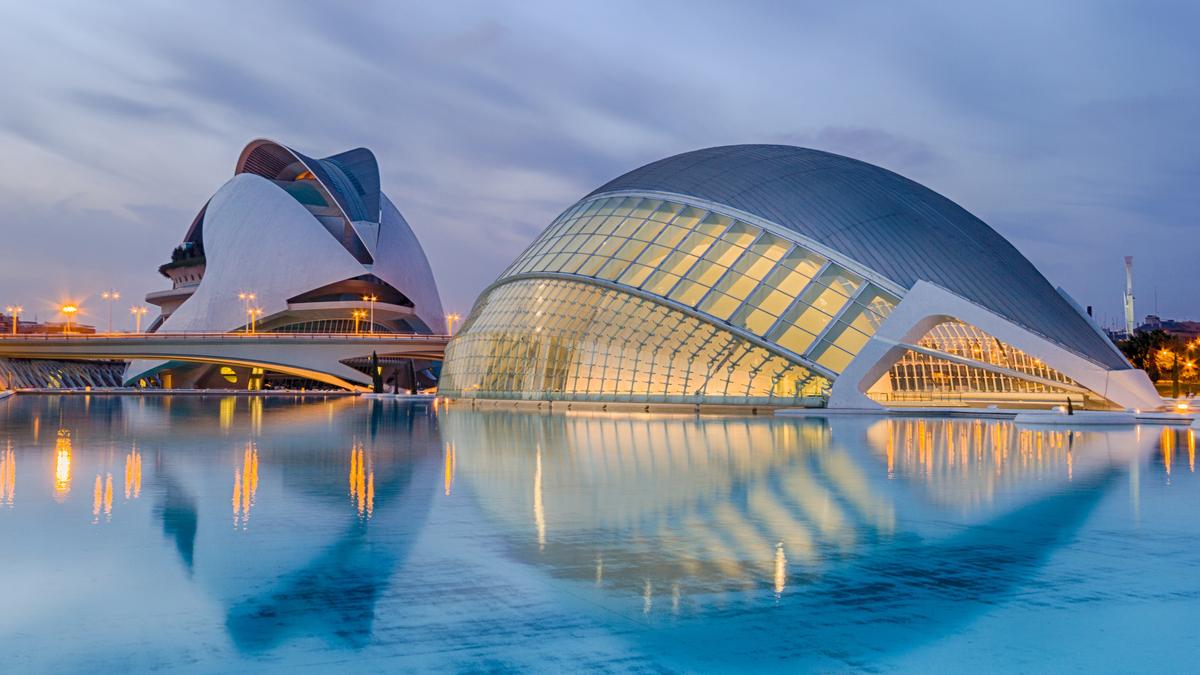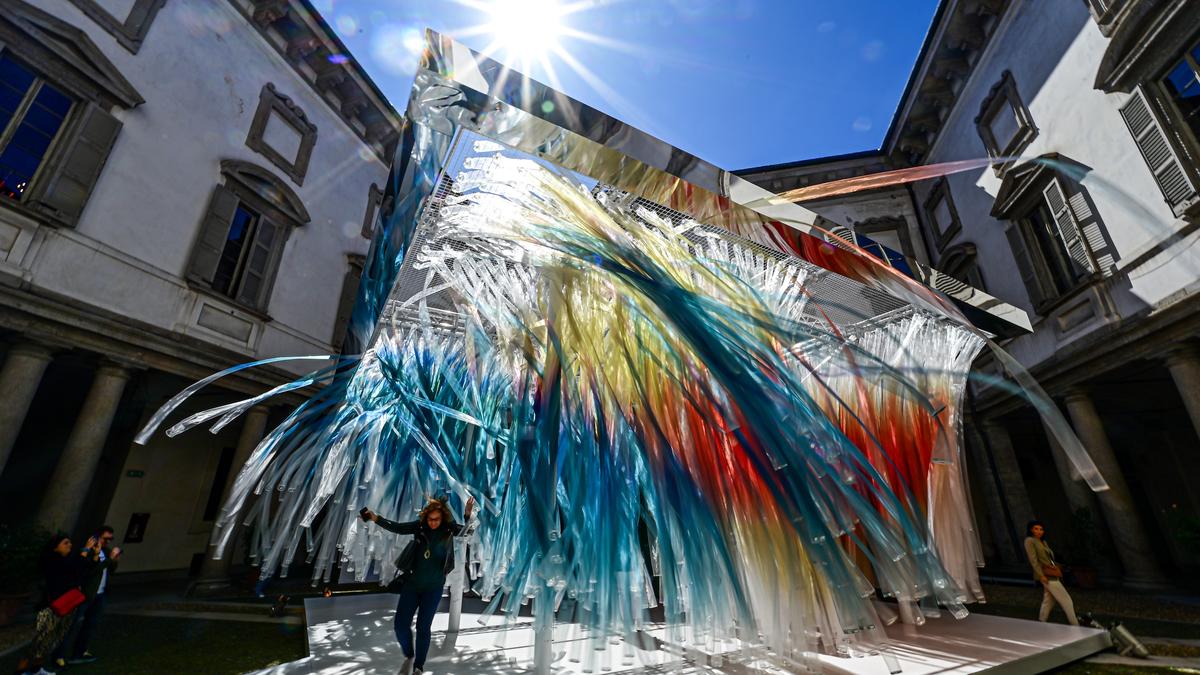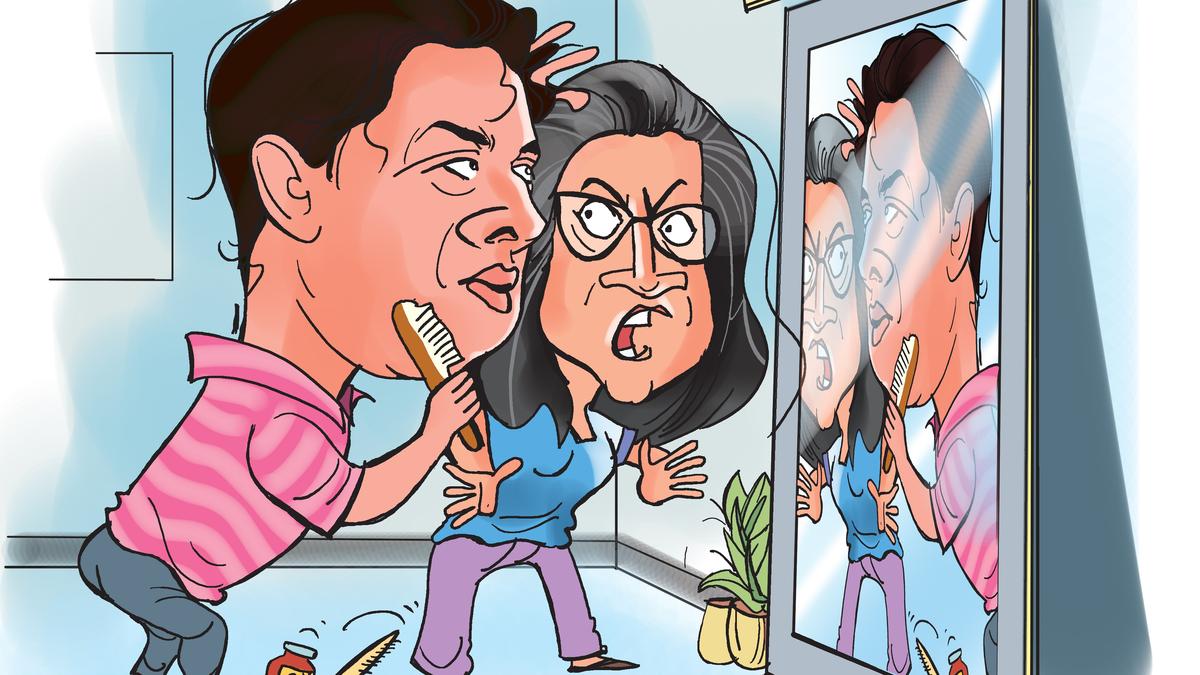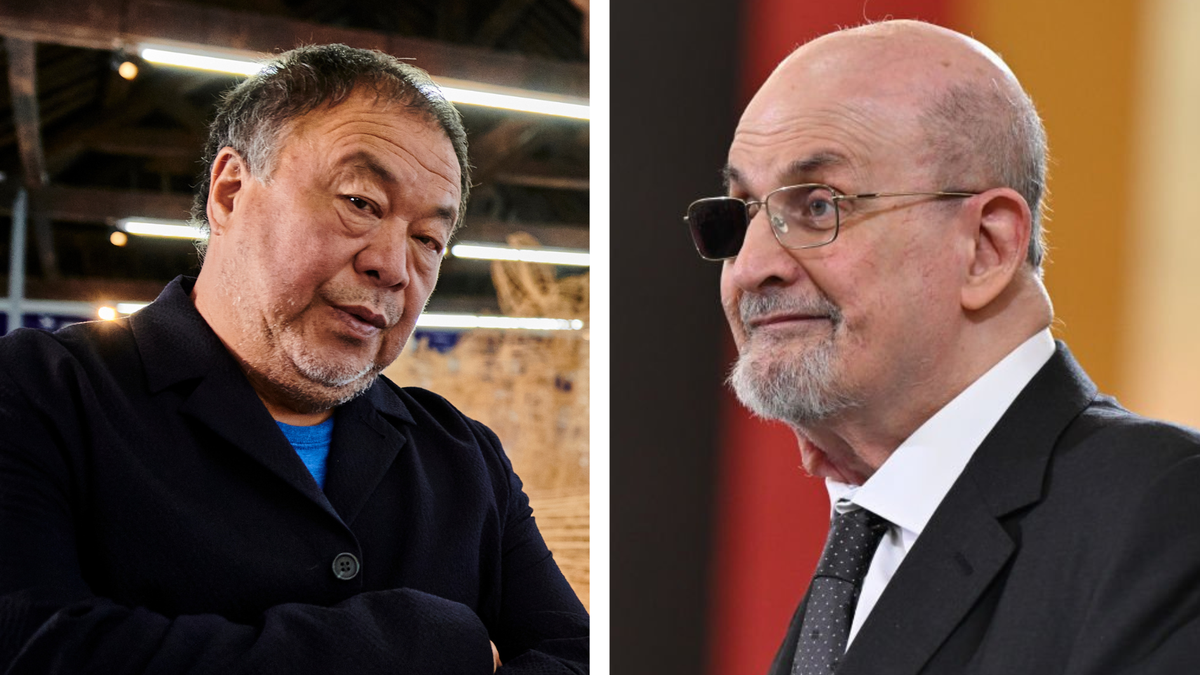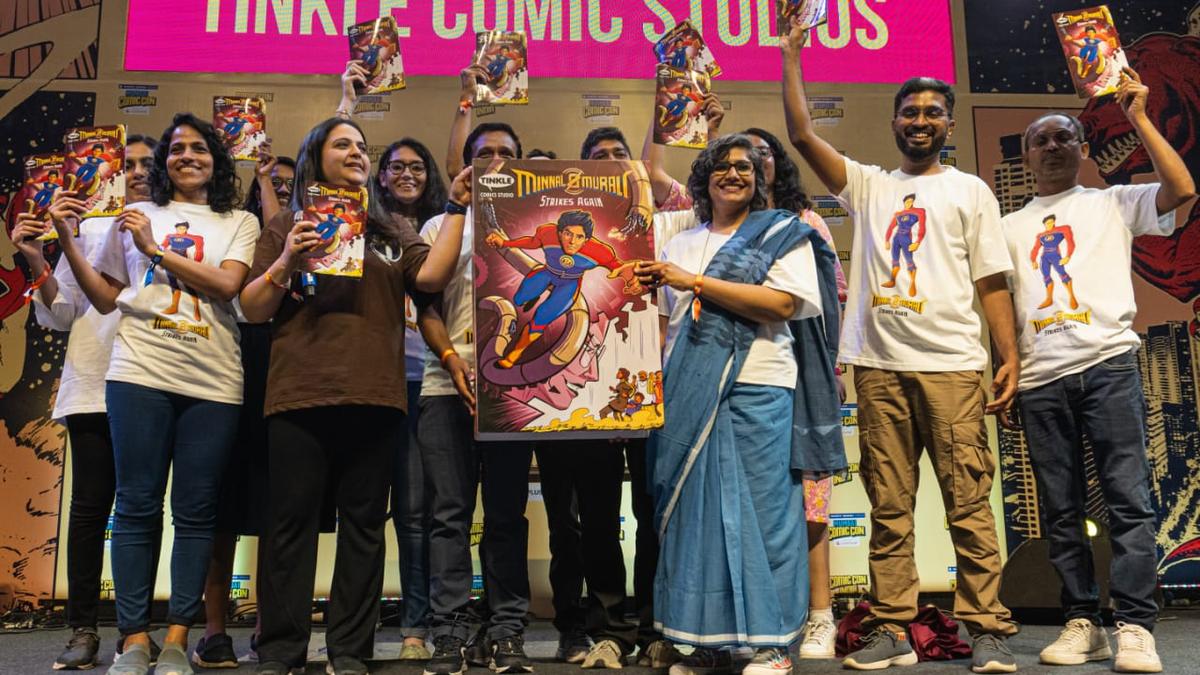
To visit the Kathmandu Valley in Nepal during the famous Gunla festival is to experience the vibrant culture of the Newars, and get a glimpse into India’s lost Buddhist past
Just over a thousand years ago, on a Thursday in the year 1015, a scribe called Sujatabhadra signed off on an illustrated palm-leaf manuscript in a Buddhist monastery in Patan in Nepal’s Kathmandu Valley.
The manuscript contained three important Sanskrit texts of Mahayana Buddhism: a hymn composed to the goddess Pragyaparamita by the Indian monk Rahulabhadra, called the Prajnaparamita-stotra; the full text of the famous sutra Astasahisrika Prajnaparamita and a tantric Vajrayana hymn, called the Vajradhvaja-parinamana. It had taken Sujatabhadra a while to prepare the manuscript; in all the time that he was working, three kings had come and gone. Sujatabhadra named all three in the manuscript.
One of the special things about this manuscript, which is preserved in the Cambridge University Library in the UK, is that its gorgeous miniature paintings illustrate a number of important and popular Buddhist shrines of the time from across South Asia and the deities there.
Thus, there is a shrine from Oddiyana (modern day Swat Valley in Gilgit-Baltistan), where the Bodhisattva Vajrapani was worshipped; a temple to the Sakyamuni Buddha in Pundravardhana (modern north Bangladesh); a Pragyaparamita temple on the Grihadakuta Hill (Vulture Peak in modern Bihar).
The manuscript contains 15 illustrations, each depicting shrines from sites as diverse as Magadha (Bihar), Sinhala (Sri Lanka), Chandradvipa (southern Bengal) and Oddiyana (modern Swat Valley in Gilgit-Baltistan). The thing is, one thousand years after these flourishing shrines were described, none exist as sites of Buddhist veneration—an entire tradition lost to history.
Except one, which still exists as a living place of worship, just as it did in Sujatabhadra’s time: Swayambhu. In the miniature painting, it is depicted is a beautiful image of a shyama (dark) standing Bodhisattva Avalokiteshwara, with the shyama and shweta (white) Taras for company, framed by an ornate torana (gate). The text says, “nepale swayambhu-lokanatha”.

The Swayambhu stupa in Kathmandu.
(Istockphoto)
I have been fascinated by this survival of Mahayana Buddhism in the Kathmandu Valley for over a decade. During my many visits to Nepal, I have never missed an opportunity to explore the countless bahas (Newari for viharas or monasteries) of Patan and Kathmandu, or sit in for evening aratis and gatherings of kirtan groups as they sang praises of Mahayana deities such as Manjushri, Loknath and Tara.
It moves me to imagine how, not so very long ago, such devotional songs must have been sung in monasteries and temples across Bengal, Bihar, Kashmir, Maharashtra or Assam, to these same deities. The wildly popular and highly influential cultural force of Mahayana bhakti—which so influenced the Hindu bhakti movement in India—is today, sadly conspicuous by its absence in the land of its birth. It only exists in Nepal.
I decided to travel to the Valley in September last year, to experience the climax of the month-long Newari Buddhist festival of Gunla, film it and conduct interviews with members of the community with the help of a young Kathmandu-based filmmaker, Sudin Bajracharya.
Gunla is an annual monsoon festival, and it holds significance for Newar Buddhists because it marks the importance of monastic dedication to the Buddha-dharma, and the ancient Buddhist convention of the rainy season retreat (barsabas). As it turned out, Sudin’s own family baha, in the small town of Madhyapur Thimi, midway between Patan and Bhaktapur, would become the ideal place to experience the Gunla festivities.
*****
“Is this your first time in Kathmandu?” my chatty InDrive bike rider asks me as we fly through the streets of Patan. “No, it’s more like my seventh,” I say. He laughs and says, “Very Good.” Then: “And you’ve never been to Swayambhu before?” And the truth is, I hadn’t. This is something I was determined to rectify.
A little while later, as we skirt the outer edges of Kathmandu’s haphazard urban sprawl, Swayambhu’s wooded hill comes into view, along with the famed stupa’s white dome and tall finial. It’s an awe-inspiring sight, not just because Swayambhu is one of the most sacred “power places” (pithas) in South Asia, but also marks the very beginnings of the Kathmandu Valley. Swayambhu has been a site of great spiritual importance for at least the past 1,500 years, and once held an important position in Indian Buddhist pilgrimages as well.
According to the Swayambhu Purana, an extremely popular Buddhist text from the 15th century CE, the stupa on the Padmagiri hill is a god, the all-encompassing Adibuddha. Once upon a time, the story goes, the Kathmandu Valley was a giant lake, surrounded by mountains. Just the tip of the Padmagiri jutted out of the lake.

A Vajracharya priest at the shrine of the Tathagata Amitabha inside the Swayambhu stupa.
(Bibek Bhattacharya)
The Tathagata Vispasvin planted a seed in the bottom of the lake from which grew a lotus like a jewel which emitted a golden, powerful light (jyotirupa) across the lake. Over this golden lotus, a wooden stupa furnished with precious stones was built, and it was identified as the self-created Adibuddha, the Swayambhu. Many more eons later, the Bodhisattva Manjushri alighted on the stupa, and decided to drain the lake, so people could live there and worship Swayambhu. So, he took his blue sword of wisdom and carved a gorge through the southern rim of mountains, and the Valley came into being.
These days, the approach to Swayambhu is through a densely built-up area of neighbourhoods and markets, but going by photographs from just a few decades ago, the stately finial of the stupa with its distinctive 11 umbrellas, and its imposing whitewashed dome must have looked even more striking, when empty farmland surrounded the hill. Even now, it’s easy to feel the pull of the stupa, with the famous painted eyes of the Buddha gazing out over the Valley.
It is on a warm morning that I make the trip to Swayambhu, on the third-but-last day of Gunla. The Swayambhu stupa is the central pillar on which rests the entire belief system of the Newars. Although one can drive all the way up to a southern gate behind the main stupa complex, I choose to take the traditional staircase to the east, according the great stupa the respect it deserves.
The stairs are steep, but the advantage of this approach is how Swayambhu is revealed slowly, as if arising in front of your eyes. At first you can only see the tip, and slowly, the higher you get, the finial, the eyes, and finally the dome. The stupa isn’t the only edifice on the site. Just in front, on a pedestal, lies a gigantic gold vajra, the symbol of Vajrayana ‘the way of the thunderbolt’, i.e. Tantric Buddhism.
This final, all-encompassing form of Buddhism took shape in the great Indian mahaviharas, like Nalanda and Vikramashila in Bihar, during the reign of the Pala emperors of Bengal and Bihar, between the 8th and 13th centuries CE. Through its long evolution, under the influence of numerous monks and maha-siddhas (the great Perfected Ones) the tantric rituals of Vajrayana were absorbed into the philosophical and devotional framework of Mahayana to give rise to a composite religious culture.
It was this form that was exported to Tibet, and earlier to China and Japan. But the Buddhism of the Newars is unique still because it preserves and draws upon the original Indian Sanskrit texts of sutras and tantras, and the Newars’ practice of it is as close as we will ever get to recreating Mahayana-Vajrayana’s Indian past.

The Hiranyavarna Mahavihara, or Kwa Baha in Patan is the largest Buddhist monastery in the Kathmandu Valley.
(Bibek Bhattacharya)
The Newars themselves are a Tibeto-Burman language speaking people who, over the past two millennia, had created a powerful and wealthy political economy in the Kathmandu Valley, based on trans-Himalayan trade and a mastery of metal and wood craftsmanship. In the historical period, they were also participants in Indian Buddhism, forming a bridge between the efflorescence of Buddhist art and culture in Pala India and Tibet, China, and Mongolia. During the turmoil of the centuries following the fall of Indian Buddhism, the Newars preserved and re-imagined their heritage, turning the Kathmandu Valley into their sacred Buddhist mandala, even as the once-vital sites of India were lost to them.
At the head of the stairs, on either side of Swayambhu, rise two tall temples, built in the north Indian shikhara style. Commissioned by king Pratap Malla of Kathmandu in the 17th century, Pratapapura and Anantapura house the tantric deities Vajrayogini and Ugra Tara, respectively. Newars, Tibetans and Parbatiya Nepalese thronged the area, either doing pujas at the golden shrines of the five Tathagatas around the dome of the stupa, or visiting each of the other wood-crafted temples around the courtyard, which include those of Tara, the five elemental deities and snake deities. Some others, like me, just sit and stare at the vast stupa.

A gorgeous medieval repousse panel depicting the tantric goddess Vajrayogini at her temple in Sankhu.
(Bibek Bhattacharya)
This being Gunla, everyone is dressed to the nines, carrying thalis heaving with incense and flowers, arranging marigold garlands around the tops of the innumerable small votive chaityas that dot the premises. In a wooden mandap facing the stupa, a Vajracharya priest leads his congregation of Newar women in an elaborate ritual of singing and sutra reading. Behind Swayambhu, the most popular shrine is the pagoda temple to Hariti, the goddess of smallpox. Ajima, or grandmother, she is called fondly, and the temple’s priest is having trouble trying to contain the many mothers with babies who want a blessing.
I spend the rest of the day wandering around Swayambhu, and then make my way to Kathmandu city to visit the other historical stupas. I keep thinking of the many, once-renowned, but now ruined stupa sites that dot India. I can imagine a time when there must have been a network of spiritually buzzing stupas running up and down South Asia and beyond.
The five gifts
While Swayambhu stuns with its size and scale, a truer experience of Newar Buddhism lies in its many family-run monasteries. Whether miniscule or grand, each of these bahas is labelled a “Mahavihara”. While famous ones like the Hiranyavarna Mahavihara of Patan are on tourist itineraries, nearly every other urban courtyard in Kathmandu, Patan and other smaller towns are structured around a baha, of which local Vajracharya and Sakya communities (the two main Buddhist “castes”) are hereditary members.
Through a long historical process of political adjustments with Hindu monarchs, Newar Buddhists renounced being full-time celibate monks many centuries ago. These days, as the anthropologist David N. Gellner labels them, Newar Buddhists, especially the Vajracharyas, are monks, householders and tantric priests, all rolled into one.
The main Buddhist festival of the Newar community is Samyak, a celebration set around the Buddha Dipankara, and of the profoundly Buddhist act of giving alms to monks, but it isn’t held annually. In Kathmandu, it is held once every 12 years, and in Patan, once every five. However, in different cities and towns, the ritual worship of Dipankara and the giving of the “five gifts”, the panchadan, is observed during Gunla. In Madhyapur Thimi, panchadan is one of the two main events that close out the holy month.
I get to Sudin’s home early on the morning of panchadan. The sky is overcast, and there’s a steady drizzle, but despite the rain, the street is thrumming with activity. One of Sudin’s uncles, who is a goldsmith, has a shopfront in the main street, which is shuttered this day. Instead, a temporary pavilion has been erected, where the Bajracharya family’s statue of the Buddha Dipankara is being displayed.

A Buddhist pilgrimage in Madhyapur Thimi.
(Bibek Bhattacharya)
Sudin’s aunts and younger cousins act as officiators, while people from across town drop in with puja thalis as offerings for the huge, graceful red-faced god, who gazes down at his worshippers with a meditative smile. A large stupa stands just outside their home, creating a roundabout in the street.
The Bajracharya home is both an extended family residence, and a monastery. A short porch leads from the street into a courtyard, which is laid out as a miniature Newari baha. In the centre is the customary Swayambhu stupa replica, made of black stone, and marked with vermillion and strewn with flowers. Opposite it is the main shrine to the Sakyamuni, the “lord of the monastery” or kwa-baju in Newari. It’s a small stone idol of the Buddha in the bhumisparsha pose, surmounted with a large crown, a copper gilt jacket with beautiful repousse work, and a Tibetan scarf for good effect.
In front of the deity is a small metal plaque bearing the name of the family monastery: It’s Sanskrit name is Neela Varna Mahavihara, and the Newari name, Yachin Baha. Like other bahas, it also has a secret, tantric shrine on an upper floor, where a Vajrayana deity is worshipped. Only those initiated in the deity’s tantra know his identity and are allowed access.
Before the panchadan rites begin, there is a puja in a foyer across the courtyard. The men of the family, in their ritualised aspects of bhikshus(monks) sit around a shrine with various Buddhist deities. The pride of place goes to an illuminated manuscript of the Astasahisrika Prajnaparamita.
One of Sudin’s relatives, Prashanna Bajracharya, is the officiating priest this year, and he leads the household in a number of consecrating rituals, punctuated by the utterance of mantras and the singing of hymns. Once the pujais over, one by one, family members approach and give an offering of a few rupees to the shrine and they are blessed and a sacred tika or dot is placed on every forehead. Sudin nudges me to make an offering. “You are an honorary Bajracharya today,” he says, smiling.

A Vajrayana puja during Gunla in Thimi.
(Bibek Bhattacharya)
While the puja had been going on, the women of the family, including Sudin’s aunts, neighbours and mother Sunita, have been setting up large copper containers around the courtyard, heaped with boiled and husked rice, sesame seeds, lentils, salt, and some money. Since the offerings are primarily to be given to monks, the men line up first. They wear sashes across their body that declare their monastic affiliation,and the fact that they belong to the Namasamgiti guthi, an order of initiates dedicated to Manjushri Namasamgiti, a tantric version of the Bodhisattva.They go around the courtyard chanting prayers, while the women pour small heaps of the panchadan into their copper alms bowls.
Once their round is complete, younger sons, daughters, cousins, and neighbourhood toddlers join the line, everybody extremely excited to be receiving daan. Sunita tells me that the women will remain in the baha with the offerings, because other families will drop in to receive daan. Meanwhile, the men line up outside, and slowly make their way down the main street of Thimi, singing.
Sudin’s eldest uncle, and the pater familias, Dharma Sundar Bajracharya walks with me, because I have plenty of questions. First of all, how many bahas are there in Thimi? “Nine that are traditional Vajrayana bahas,” he says, and one that is a Theravadin monastery. We follow the line as it winds its way through town, headed for a famous temple of Padmapani Lokeshwara, an emanation of Avalokiteshwara. First, there’s a detour through a large baha called the Guna Kirti Mahavihara.
The singers enter the monastery and do a perambulation of the central stupa, and stop to accept offerings from a long stall set in one end of the courtyard, where members of that baha are making offerings. As the procession makes its way to the Padmapani temple, I see many such stalls set by the roadside by members of the town’s Buddhist community. We stop in turn at each, singing Mahayana stotras, receiving donations, blessing the donors and carrying on. In a town this small, there are friends and acquaintances everywhere, whether the Newar in question is Buddhist or Hindu. It’s a happy day charged with a sense of serene spirituality; everyone seems to be grinning.

Three Buddha Dipankara statues in Madhyapur Thimi.
(Bibek Bhattacharya)
That includes a group of men standing next to three large metal cast statues of the Buddha Dipankara, the patron deity of the panchadan. Of a golden-red hue, all three statues are exquisitely bejewelled with crowns, neckplates and diadems, and draped with finely-patterned red robes. Their right hands make the varada mudra (gesture of blessing), while the left are in abhaya mudra (gesture of freedom from fear). In them, there’s yet another callback to the Pala Buddhist art of Bengal and Bihar: they look eerily similar to smaller repousse statues that reside in Indian museums like at the Bihar Museum in Patna.
Dharma Sundar tells me that the three Dipankaras of Thimi have been walking around town all day, blessing people. They look quite heavy, how do they move? Dharma Sundar says that they are hollow inside, and the men standing next to them would wear the statues and walk.
As if to prove the point, a cacophony of drums and pipes go up. A gaggle of people gather and lift the three statues up and help them onto three men. Once properly fitted (I see now that they have a hole each in the chest plates, through which the wearers can see), the men, who, well, are now three Dipankaras, slowly walk on down the street, accompanied by musicians.
Our panchadan procession finally reaches Padmapani’s abode. It’s a gorgeous pagoda temple, with spectacular wood carvings. Inside the gold and copper inlaid shrine, a kindly red face peers out from under voluminous robes and crowns. Here is the great Lokeshwara, also known as Loknath, who used to have many such temples in India, too, once upon a time. Indeed, even today, you can find his statues in shrines across Bihar, where he is worshipped either as Vishnu, Shiva, or any other Hindu deity.
This beautiful temple belongs to another large monastic family, which are members of the Hem Varna Mahavihara. Women from the baha sit in a shaded porch beside the temple, offering panchadan. Since the Vajracharya priest of the temple is off on his own panchadanperambulation, an old woman from the baha, helped by three younger women, officiates.I bow before Padmapani, and offer the woman 10 rupees as daan. She sprinkles some rice over my head and blesses me. Asks me something in Newari. I don’t understand, so I grin and nod.
It’s high noon now, and quite hot, so Sudin, his two colleagues from their production house, and I stand in some shade and chat. We talk about watches—Sudin’s wearing a vintage Seiko, and I’m wearing a modern one—and exchange notes on rented apartment living. Like all Vajracharya men, Sudin too had undergone monastic initiation as a child—at their house, there’s a photo of him and his cousins as toddlers in full monastic regalia—but beyond that ritualistic necessity, he hasn’t had much interest in the religious customs of his family.
He is a thoroughly modern young man, with profoundly urbane interests in filmmaking, and vintage watches. Despite having been a part of such annual ceremonies since he was a child, the fascination of an outsider—me—is making him see panchadan in a new light, he says. It’s strangely moving to hear him say that, because all this while I’d been experiencing a vaguely bittersweet feeling of homecoming.
As someone with a mixed Bengali and Bihari heritage, Mahayana Buddhism has always hovered over my cultural horizon like Banquo’s ghost. To begin with, so many Bengali names are Buddhist—Manjushri, Pragya, Paramita, Dipankar, Sambuddha—and so many surnames echo ancient monastic titles. Important Sakta tantric deities, like Tara in the Tarapeeth temple in West Bengal, are worshipped with Buddhist mantras, and the legends of such deities are replete with callbacks to their Buddhist pasts.
To hear the kirtans and bhajans of the Newars, or to see massive deities walking about blessing people is to experience a strange frission: I’ve heard these songs, seen such sights, felt these intense devotional emotions, but only in a Hindu context—primarily Vaishnava or Sakta in Bengal.
This isn’t to say that Newar Buddhism is the same as Hinduism, which is a common misconception among outsiders, but is more about two religions’ shared (and competitive) cultural past. The more I read about Bengal’s history, the more it makes sense that similar tropes of devotionalism exist in Bengali Vaishnavism (including the importance of karuna or compassion, a central tenet of Buddhism), given Mahayana-Vajrayana’s long and influential career in eastern India, and the intense rivalries and borrowings that took place between it and the Vaishnava sects.
The Dancing Dipankaras
But if I thought that experiencing panchadan was moving, nothing prepared me for the festivities that evening. Sudin did tell me that the three Dipankaras roaming Thimi would visit their family’s Dipankara in the evening, but I wasn’t expecting a carnival.
Around 7pm, when people start gathering in large numbers in the street, I can tell something big was afoot. “The three Dipankaras will come dancing down the street,” Sudin says, pointing in the distance, “accompanied by musicians and members of the bahas that those Dipankaras belong to.” Then they will ceremonially bow to the Yachin Baha Dipankara, bringing panchadan to an end.
Over the next hour, the crowds swell in the street. The large stupa outside is soon teeming with children, and people are standing two lines deep in neighbouring balconies for a better view.
Sudin’s mother, wife, aunts and cousins stand around the family Dipankara. Next to it, in a long line along an elevated porch sit other members of the family, singing hymns from well-thumbed Nepalese prayer books, with names like Bouddha Stotra Sangrahaand Nepal Bhasha Deva Stotra. While waiting, I chat with Dharam Sundar, asking him where I could buy these books, and making plans of taking him with me to visit the remote temple of Vajrayogini.

A page from a Newar Buddhist prayer book.
(Bibek Bhattacharya)
Dhikat-dhi-tha-dhikat, dhikat-dhi-tha-dhikat! Suddenly drums sounded at the far end of the street. The Dipankaras are coming! For a better view, Dharam Sundar tells me, I should head to the doorway of the baha. And that’s what I do, wedging myself between one of the door frames and more grinning relatives, just as the three Buddhas come into view.
Followed by a large procession of their own, the three Dipankaras come slowly dancing down the street. The drums beat out a slow, trance-like rhythm, and the Buddhas’ swaying dance mirrors the beat. The drummers are local kids who had been training through the year to play during Gunla.
Huge cheers go up from the gathered multitudes as the Buddhas reach Sudin’s house. Everyone is standing, clapping, laughing, some crying tears of joy, floating on waves of euphoria.

The Buddha Dipankaras come to pay homage.
(Bibek Bhattacharya)
Two of the Dipankaras stop, while the first positions itself across the street, directly facing the Yachin Baha’s Dipankara. There is a hush. Then, dhikat-dhi-tha-dhikat, dhikat-dhi-tha-dhikat, the drums start up, and a cheer breaks out. A few men clear a straight path through the crowd, and the first Dipankara comes towards the mandap, still dancing his swaying dance. He stops, and a massed cry of expectation builds and crashes in a collective shout as the visiting Buddha falls face forward, bowing. It is all very well-rehearsed, of course, because a multitude of hands catch and rights him before he actually falls.
Slowly he makes his way back to the top of the path, and turns. The drums start again, and he comes dancing in for a second bow. Then a third. And finally, his obeisance paid, he passes on down the street. It is the turn of the second Dipankara, and then the third. Together, the three bow nine times, and once the third, tiny Dipankara is done, a tremendous roar of delight goes up from the crowd.
Sudin’s family douses everyone liberally with consecrated water, even as people surge to bow before the family Dipankara. All the prasad collected through the day is given away, and happy Newars go home. Dhikat-dhi-tha-dhikat, comes the fading sound of drums. Panchadan is over.
Source | Powered by Yes Mom Hosting

